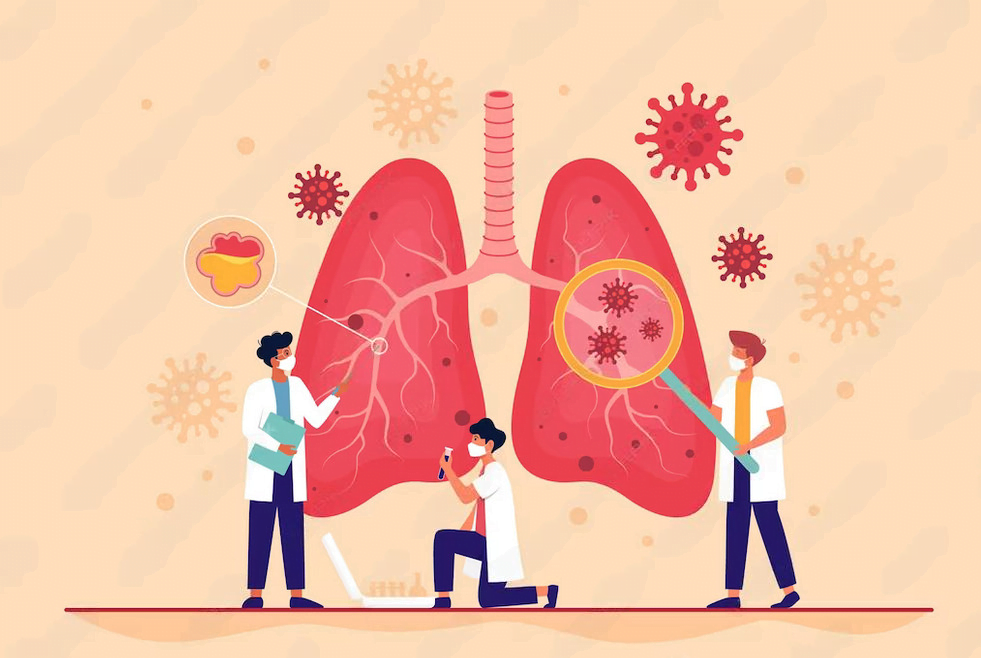Understanding Lung Cancer and its Treatment

Understanding Lung Cancer
Lung cancer is a prevalent and severe form of cancer that affects many individuals worldwide. Each year, over 43,000 people receive a diagnosis of this condition. In its early stages, lung cancer often does not present any signs or symptoms, making it difficult to detect. However, as the disease progresses, individuals may experience various symptoms such as a persistent cough, coughing up blood, breathlessness, unexplained tiredness and weight loss, as well as an ache or pain when breathing or coughing.
Primary Lung Cancer
Primary lung cancer refers to cancer that originates in the lungs. On the other hand, secondary lung cancer refers to cancer that spreads to the lungs from another part of the body. In this article, we will focus on primary lung cancer. There are two main forms of primary lung cancer, classified based on the type of cells in which the cancer begins to grow:
- Non-Small-Cell Lung Cancer: This is the most common form of primary lung cancer, accounting for approximately 80 to 85 out of 100 cases. Non-small-cell lung cancer can manifest as squamous cell carcinoma, adenocarcinoma, or large-cell carcinoma.
- Small-Cell Lung Cancer: Although less common than non-small-cell lung cancer, small-cell lung cancer tends to spread more rapidly. It requires a different approach to treatment.
Who is Affected?
Lung cancer primarily affects older individuals, with rare cases occurring in people younger than 40. The majority of lung cancer cases, around 4 out of 10, are diagnosed in individuals aged 75 and older. While it is possible for non-smokers to develop lung cancer, smoking remains the leading cause, accounting for over 70 out of 100 cases. Smoking involves the regular inhalation of various toxic substances, which significantly increases the risk of developing lung cancer.
Treating Lung Cancer
The appropriate treatment for lung cancer depends on several factors, including the type of mutation present in the cancer cells, the extent of its spread, and the individual’s overall health. If the condition is diagnosed early and the cancerous cells are localized to a specific area, surgery may be recommended to remove the affected portion of the lung. However, in cases where surgery is not suitable due to the patient’s general health, radiotherapy may be suggested as an alternative. Radiotherapy uses high-energy radiation to destroy cancer cells and halt their growth.
Chemotherapy is another common treatment option for lung cancer, particularly when the disease has spread extensively and surgery or radiotherapy are no longer effective. Chemotherapy involves the use of drugs to kill cancer cells throughout the body. Additionally, targeted therapies are available for lung cancer treatment. These therapies specifically target certain changes occurring within or around the cancer cells, impeding their growth. Although targeted therapies cannot cure lung cancer, they can help slow down its spread.
In conclusion, lung cancer is a widespread and serious disease that affects thousands of people each year. It is crucial to be aware of the symptoms and risk factors associated with this condition. Early detection and prompt treatment can significantly improve the chances of successful outcomes. If you suspect any signs of lung cancer or have concerns about your health, it is essential to consult with a healthcare professional for proper evaluation and guidance.




1 thought on “Understanding Lung Cancer and its Treatment”